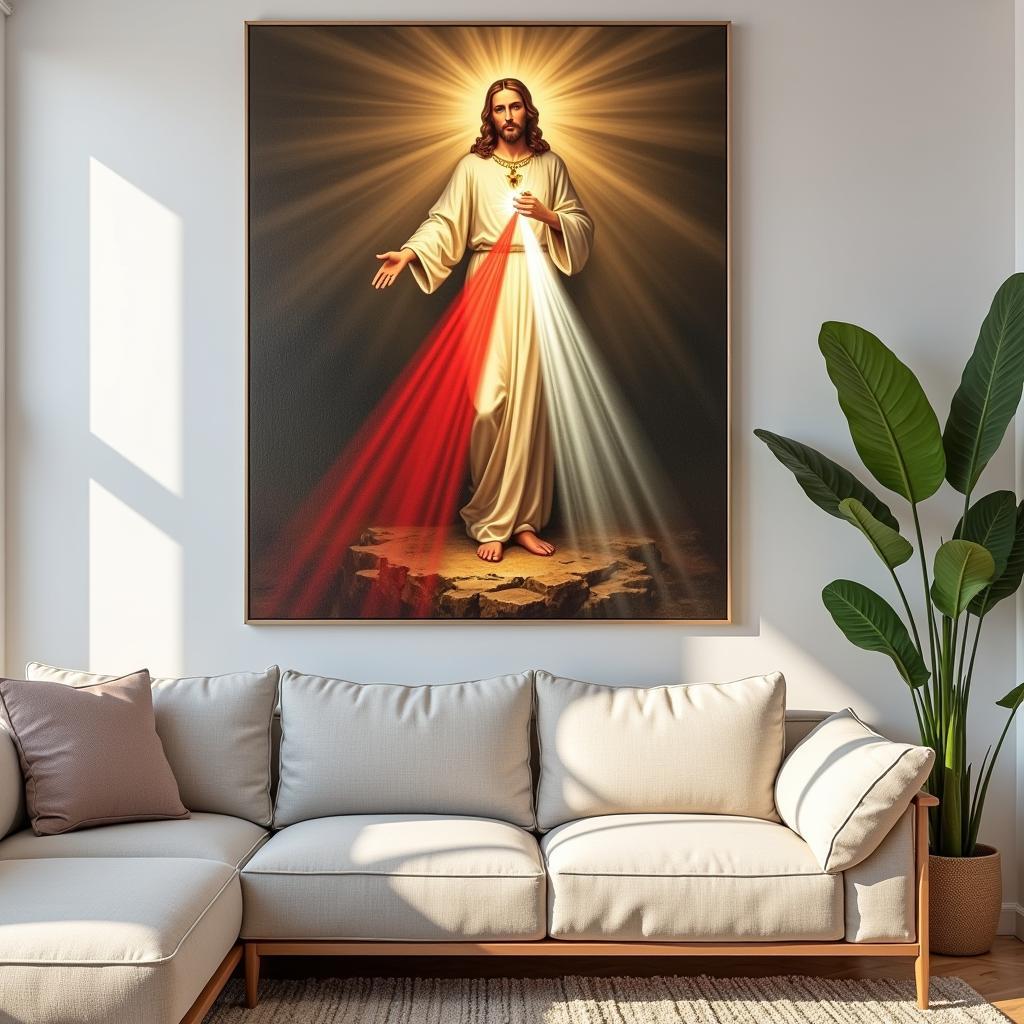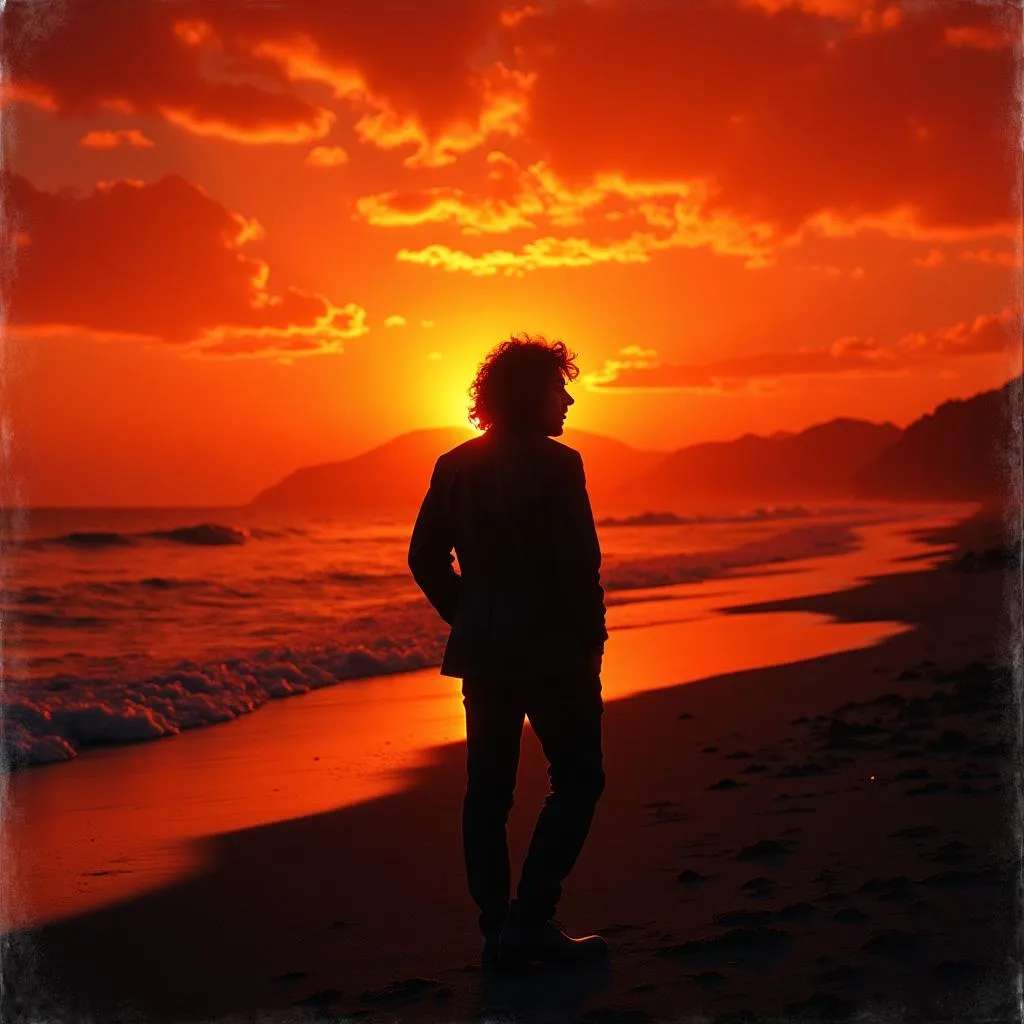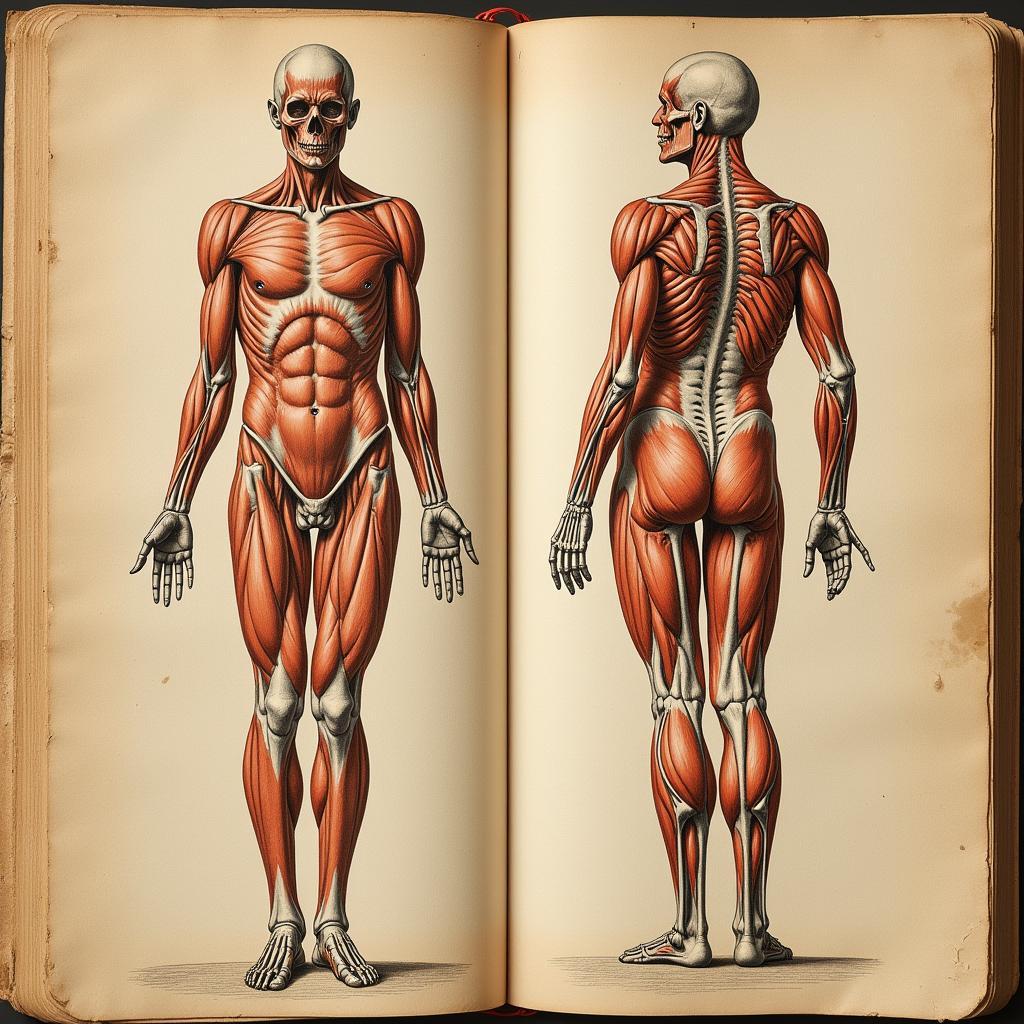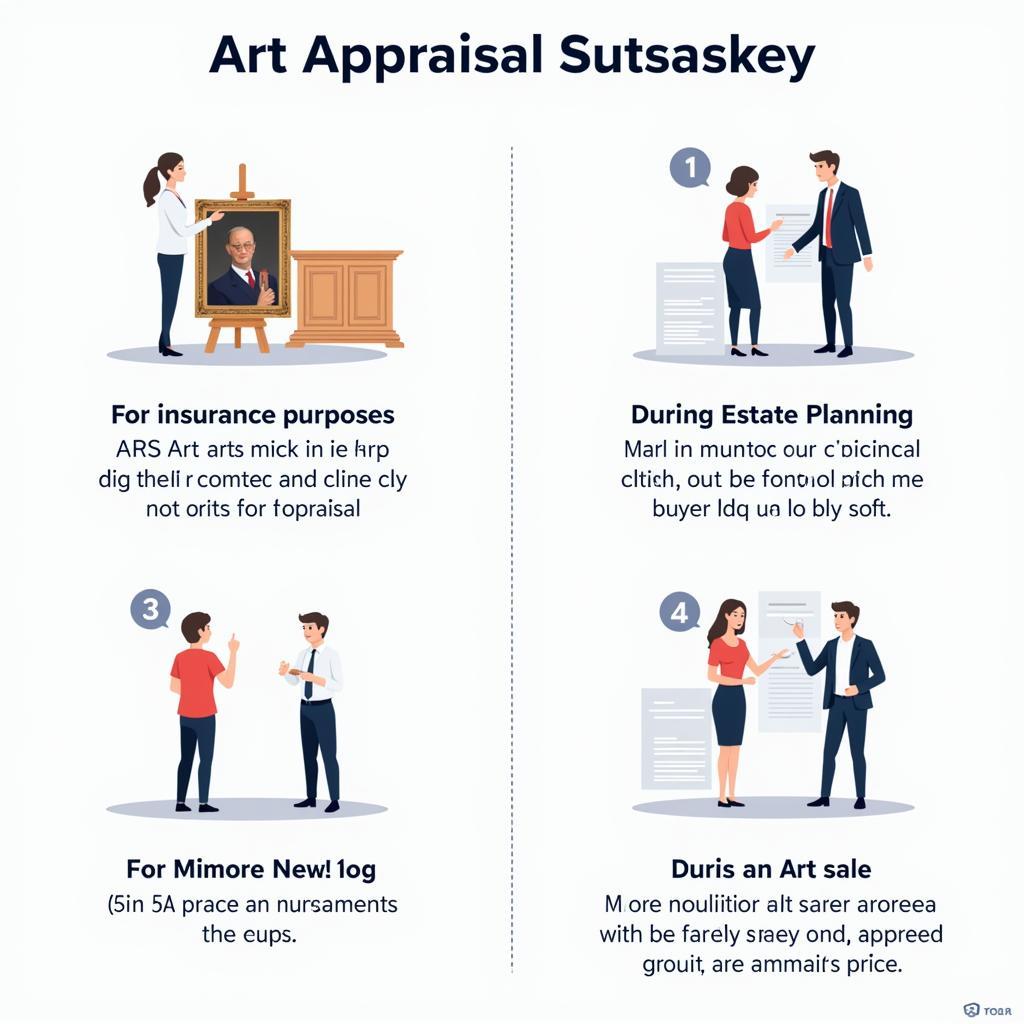Exploring the Synergy of Art&Sound
The Intertwined History of Art&Sound
The connection between art and sound is ancient and deeply rooted in human culture. Consider the rituals of indigenous tribes, where vibrant body paint and elaborate masks are paired with rhythmic drumming and chanting, creating a holistic sensory experience. Think of the elaborate operas of the Renaissance, where visual spectacle and musical drama converged to tell compelling stories. These examples illustrate how art&sound have historically been used to create immersive and meaningful experiences.
Throughout history, artists have sought to capture the essence of sound in visual form, while musicians have attempted to evoke visual imagery through their compositions. This cross-pollination has resulted in innovative art forms and a deeper understanding of how these two mediums can complement and amplify each other.
How Sound Enhances Visual Art
Sound can dramatically alter the way we perceive and interpret visual art. Imagine viewing a serene landscape painting while listening to calming nature sounds. The auditory element enhances the sense of tranquility and immersion in the artwork. Conversely, pairing the same painting with jarring, dissonant music could evoke feelings of unease and tension, transforming the overall experience.
Ambient sounds, music, and even silence can be strategically employed to manipulate emotions, create atmosphere, and guide the viewer’s focus. Museums and galleries are increasingly incorporating soundscapes into their exhibitions, recognizing the powerful impact of art&sound integration.
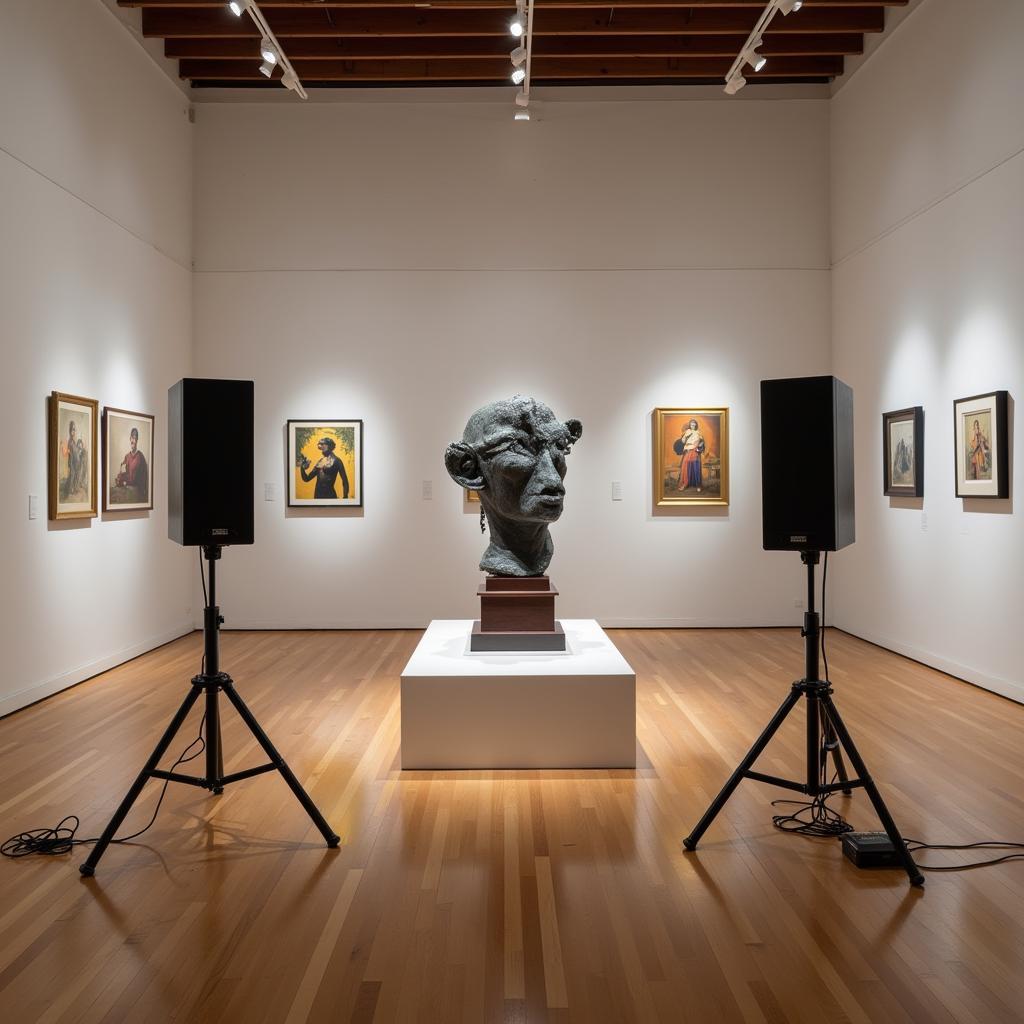 Sound Installation in an Art Gallery
Sound Installation in an Art Gallery
How Visual Art Inspires Sound
Visual art can be a powerful source of inspiration for musicians and composers. The colors, shapes, and textures of a painting can evoke specific emotions and inspire musical motifs. A sculptor’s use of form and space can influence the structure and rhythm of a musical piece.
Consider the works of Wassily Kandinsky, who saw a deep connection between music and painting, often titling his works with musical terms like “Composition” and “Improvisation.” His abstract paintings, with their vibrant colors and dynamic forms, seem to resonate with an inherent musicality.
The Digital Age: A New Frontier for Art&Sound
The digital age has opened up unprecedented possibilities for the integration of art&sound. Digital artists and musicians can now seamlessly blend these mediums using software and technology, creating immersive interactive experiences, generative art installations, and dynamic audiovisual performances.
The rise of virtual reality (VR) and augmented reality (AR) further expands the potential for art&sound collaboration. These technologies allow artists to create immersive worlds where visuals and soundscapes interact dynamically, blurring the lines between the physical and digital realms.
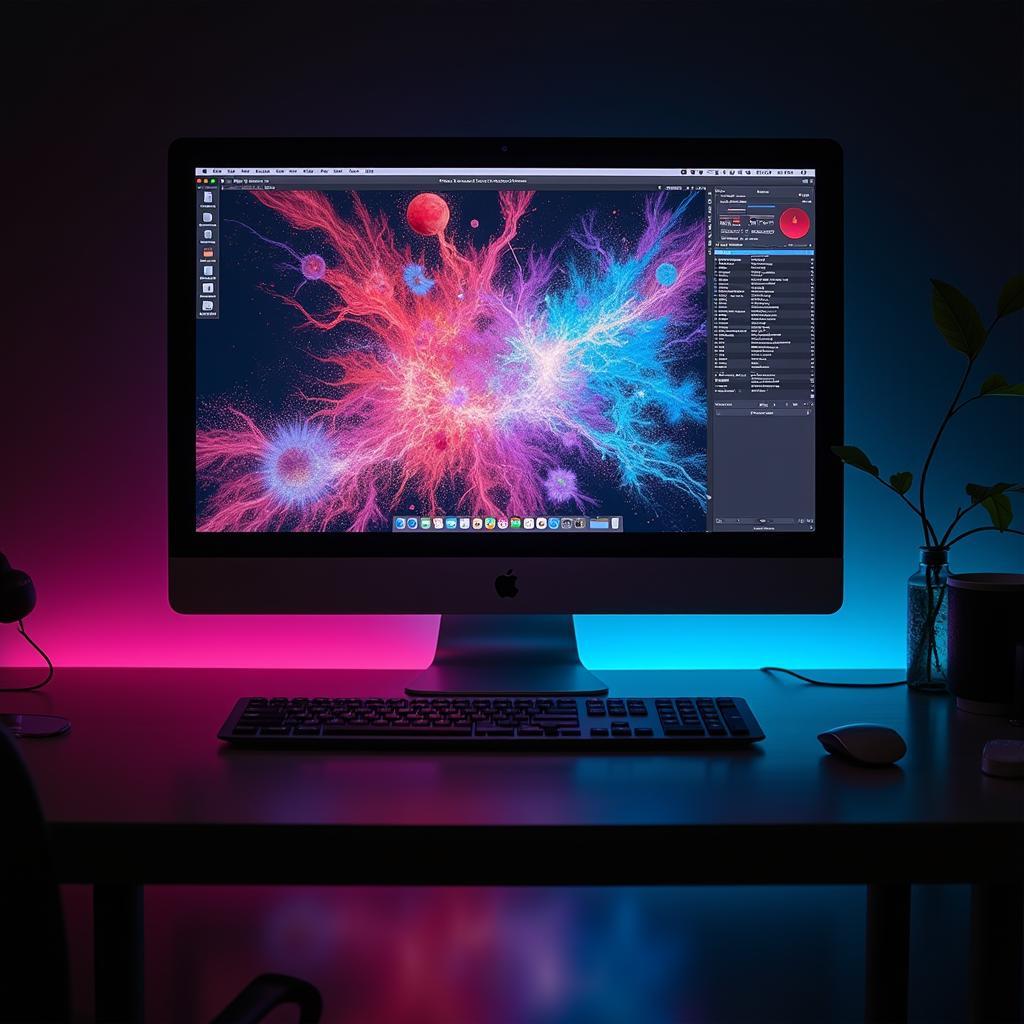 Digital Art and Sound Visualization
Digital Art and Sound Visualization
Conclusion
The synergy of art&sound is a powerful force that has shaped human expression for centuries. From ancient rituals to cutting-edge digital art, the interplay of these two mediums continues to captivate, inspire, and transform the way we experience the world. By embracing the power of art&sound, we can unlock new levels of creativity and deepen our understanding of the human experience.
FAQ
-
What is the historical significance of the connection between art&sound?
The connection dates back to ancient rituals and continues to be relevant in modern digital art forms. -
How can sound enhance the experience of visual art?
Sound can manipulate emotions, create atmosphere, and guide the viewer’s focus, enriching the overall art experience. -
How does visual art inspire sound creation?
Colors, shapes, and textures in visual art can evoke emotions and inspire musical motifs, influencing the structure and rhythm of musical pieces. -
What role does technology play in the integration of art&sound?
Technology allows for seamless blending of mediums, creation of immersive experiences, generative art, and dynamic audiovisual performances. -
What are some examples of how VR and AR are used in art&sound collaborations?
VR and AR create immersive worlds where visuals and soundscapes interact dynamically, blurring the boundaries between physical and digital realms. -
How can I start exploring the combination of art&sound in my own creative work?
Experiment with combining different visual and auditory elements to see how they interact and influence each other.
Scenarios
- A museum curator wants to create a more engaging exhibition: They could incorporate soundscapes and music that complement the artwork, enhancing the visitor experience.
- A musician is looking for inspiration for a new composition: They might visit an art gallery and allow the visual art to spark musical ideas.
- A digital artist wants to create an interactive installation: They could use software to create visuals that respond to sound or music in real time.
Further Exploration
Explore other articles on our website related to sound design, digital art, and interactive installations.
Contact Us
For further assistance, please contact us at Phone Number: 02462573573, Email: [email protected] or visit our address: Savico Megamall, 7-9 Đ. Nguyễn Văn Linh, Gia Thụy, Long Biên, Hà Nội 10000, Việt Nam. Our customer service team is available 24/7.

